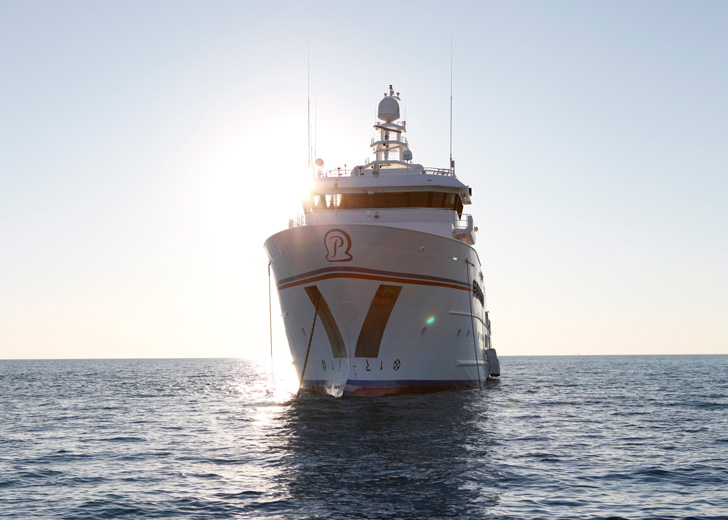Paspaley: Guardian of the world's most beautiful gem

Harvest season is a time of anticipation and excitement for Paspaley, the world’s leading pearling company. This is the moment of truth; when the results of years of intensive work nurturing the Australian Pinctada maxima are finally revealed.
But the harvest is only one stage in the long process required to obtain world’s most prized natural gem - Paspaley goes to unequalled lengths to provide the market with the very finest cultured pearls.
Plucked from the wild
The journey begins in the rich pearl oyster beds of north-western Australia. As they have done for over 75 years, Paspaley divers gather wild Pinctada maxima oysters by hand. Only oysters of optimal size and in prime condition are selected for seeding.
The industry are strictly monitored under the Australian Government’s sustainable resource management system. Fishing quotas limit the number of shells that can be collected from the wild shell beds off the Eighty Mile Beach south of Broome, with each shell allocated a particular licence number.
Working aboard custom-built ships – floating laboratories that are themselves a Paspaley innovation – technicians strive to minimise the time the vulnerable oysters are out of the water for seeding, reducing stress by returning them to their natural habitat as quickly as possible.
Seeding beauty
The implanting of the nucleus is a highly complex operation requiring unique technical skills. The expertise of the Paspaley technicians and the quality of the nucleus material they use has a direct impact on the quality of the pearls produced.
In determining the highest quality beads to nucleate the oyster, ongoing research provides unequivocal evidence that the Mississippi clam shell produces the best results. This material shares the same specific gravity and almost identical composition to the nacre of the South Sea pearl ensuring an end product of the highest quality and durability. Mississippi clam shell is expensive which forces many producers to use cheaper alternatives. Paspaley goes to considerable expense to maintain the industry benchmark by using only 100 per cent hand-selected Mississippi clam shell nucleus.
A long-term partnership between man and nature
After seeding, Paspaley’s pearl farm staff nurture each shell throughout its lifecycle; resting, cleaning and turning them with the utmost care. The farms are located in the same remote area as the oysters’ natural habitat, where pristine and plankton-rich waters encourage the formation of pearls of superlative quality and beauty.
Younger women often choose Circle Strands with their versatility providing a great casual look for the day and a glammed-up feel for the evening. Similarly, Keshi Strands are a popular choice for day given their diverse range of smaller shaped pearls
Paspaley sometimes encourages the formation of larger pearls by extending the husbandry period. This is generally attempted with only a small proportion of the harvest because postponing harvest significantly increases the risk that the pearl will be lost before it can be harvested. The more time a pearl is left in an oyster on a pearl farm the greater the risk of exposure to cyclones and other factors that can adversely affect the oyster.
Man and nature
Following harvest, each Australian South Sea pearl must be graded, classified and valued before being brought to market. This exacting grading process ensures a supply of pearls of consistent quality to Paspaley’s customers around the globe.
The pursuit of excellence and commitment to perfection at every stage makes Paspaley the true guardian of the world’s most beautiful gem.